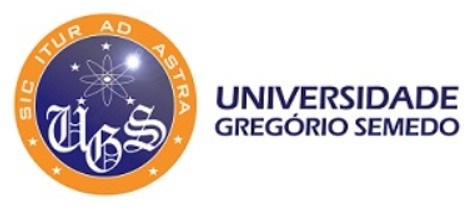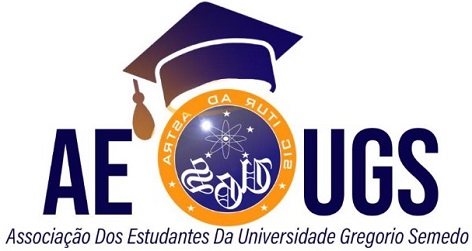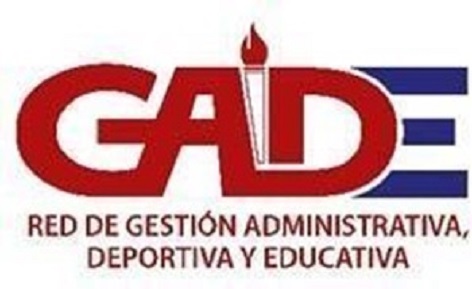Form for the evaluation of original articles
TITLE*
It contains the main idea or theme that is addressed (research object).
It reflects the main solution of the investigated problem.
Encourage the reader to know what is stated in the summary.
Express essential information.
It is made up of a maximum of 15 words.
If it contains any acronym (exceptionally), it is the domain of the national and international scientific community.
Avoid using nonspecific phrases such as: A study of ..., An investigation of ...., A review of ...., Comments on ..., Notes on ...., Observations on ....
It is made up of one or more noun phrases (it lacks conjugated verb forms).
Avoid the conclusive style.
ABSTRACT*
It offers a “brief” summary of each of the main parts of the scientific article: Introduction or rationale, Objective, Materials and methods, Results (the main ones) and Conclusion (the main ones).
Written in the past and impersonally.
It has a maximum length of 250 words.
The keywords proposed by the author obey the theme being addressed and there are a maximum of eight.
If it contains any acronym (exceptionally), it is the domain of the national and international scientific community.
Tables, graphs, figures and bibliographic citations are excluded.
It is closely related to the title.
It is confirmed that all the information provided here originates from the body of the article.
INTRODUCTION*
Written in the present and impersonal tense.
An expository, descriptive and / or narrative style is used.
It expresses the antecedents that support the problem (state of the art).
Chronological sequence in the expression of the state of the art.
Describe the what and why of the investigation. (Problematic situation)
Adequately recognize the copyright of other colleagues by referencing them whenever you use information, concepts etc. given by these.
The systematization of bibliographic references or of any communicative support always gives rise to criticisms, reflections, reaffirmation of the criteria of the authors of the article, in a suitable order, so that the reader becomes aware of the evolution of the subject being addressed.
Use of a scientific vocabulary and style appropriate to the communication of educational sciences.
The acronyms or abbreviations presented are clarified the first time they are used and are used three or more times in the body of the work.
It does not mention everything that is known about the subject, but it does show that it is known about the subject.
It concludes with the objective of the article, (not that of all the research in which it originates, only that of the article) and the infinitive with which it is formulated is appropriate to the communication of science (present, socialize, communicate, expose).
MATERIAL AND METHOD*
SIt is written in the past with a descriptive style.
It expresses where and when the study or research that serves as the basis of the article takes place.
Express the type of investigation.
Express the universe and show.
It contains inclusion and exclusion criteria if they are required..
The theoretical and empirical methods used are explained so that stakeholders can repeat the study in context.
The methods used are in correspondence with the type of research and enable the fulfillment of the stated objective.
Mention the statistical method / s used.
Ethical considerations and informed consent are specified if required, according to the study referred to in the article.
State the use of acronyms and measurement systems if they are used.
In case it is required, it must be stated if it complies with international agreements etc. (Mention it / s)
RESULTS*
They are written in the past and impersonal tense with a narrative and descriptive style.
They do not repeat information previously expressed in the Material and Method section
They are presented in logical sequence and focus on the results that solve the problem.
Representative and non-repeating data are provided.
They correspond to the type of study and the research methods assumed (each stated empirical method must have evidence in the results).
The text is properly used as the first and best way to express them.
If self-explanatory tables, charts, figures or maps are used, these do not exceed eight and their contents are not repeated in the text.
Use of columns and rows in such a way that they allow the correct reading of the information they contain.
The tables are listed in consecutive order with Arabic numerals.
The tables used have their call in the body of the text. Eg: the behavior of the syndrome (table 1)….
The tables have a heading that contains a clear indication of their content.
The tables contain the primary data on which the result obtained is reflected and the percentages are calculated.
Legend is used below the table if necessary.
The source is expressed if necessary.
The graphs used do not reiterate the results expressed either in text form, or by previous or subsequent tables.
The figures and images used, if they are people, are adequately out of focus to avoid their recognition and, when required, informed consent is used.
Figures, tables, images and graphics are visible to a screen, 100% visibility in Word document.
The images, figures, etc., used by the author and that are not of his authorship, contain the sources from which they were extracted..
The international measurement system is used appropriately.
This section does not contain bibliographic citations.
DISCUSSION*
It is expressed in the present tense, sometimes referring to the past.
Avoid verbose language; the style should be simple and precise with an argumentative writing.
It does not repeat results, it only supports them. (results are interpreted and displayed, not recapitulated)
The results show the relationships between the observed events.
It shows the coincidence or contrast of the results obtained with other studies previously carried out by other authors and even by the author himself.
It is maintained a logical sequence in relation to the way the results were expressed.
The considerations addressed by the authors themselves and the positions assumed by them in relation to the result obtained are clearly observed.
If necessary, it makes use of the call to table, figure, graph, etc. Ex. (Table 1)
Properly enter citations from new authors that were not previously used in the introduction.
It welcomes to exclusively discuss the results described, does not infer, does not deduce, does not refer to aspects not demonstrable by the results or not exposed in the article.
If applicable, the theoretical consequences of the work and its possible practical applications are also exposed.
In the case of solution proposals, it is stated how it exceeds what has been done, what is its novelty, its relevance and timeliness.
It contains conclusive aspects that obey or respond to the stated objective.
BIBLIOGRAPHIC REFERENCES*
They obey the APA bibliographic standard in its version VII.
There are as many as those raised in the body of work.
They have a DOI or URL that enables you as a reviewer to verify the content cited above.
60% of the total is updated (last 5 years, counting the current one, for books, journals must be from the last 3 years)
There are a minimum of 10 and a maximum of 15.
There are as many as are necessary to address the essential arguments by the authors, both in the introduction and in the discussion of the results.
ADDITIONAL CONSIDERATIONS*




